How Does MVHR Work?
MVHR systems, also known as heat recovery systems can greatly benefit any home or building owner who wants to avoid the possibility of mould. But how does MVHR work?
With new buildings being made to be as energy efficient as possible, and the UK aiming for 95% of its electricity usage to be low carbon by 2030 it is imperative to understand how we can make the most of our ventilation, This is where heat recovery systems come in.
To prevent mould, fresh air should constantly be introduced into your dwelling daily, as it helps to regulate temperature and reduce condensation. Introducing fresh air can be as simple as having a ventilation routine, or installing extractors or heat recovery systems. Almost all of this is facilitated by ducting.
I-Sells is here to provide the answers you need whilst also supplying you with all the information you need to combat mould and have a well-ventilated home.
What does MVHR stand for?
MVHR stands for ‘Mechanical Ventilation with Heat Recovery’ This is essentially the technical term for the heat recovery units that we supply. They are often known as heat recovery systems.
Heat recovery systems can come in single or multi-room applications and provide all the benefits of ventilation with the added benefit of retaining the heat that would otherwise be lost in a regular ventilation unit.
The advantage of this is retaining warmth without the humidity. Retaining warmth can also contribute to saving money that would otherwise have been spent heating your home through your central heating.
Heat recovery systems explained
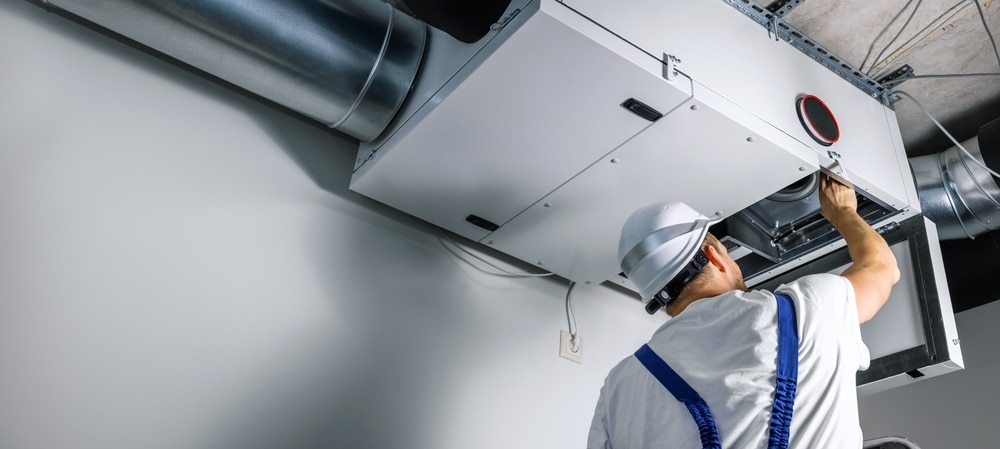
A heat recovery system has the benefit of keeping your home energy efficient and warm, whilst maintaining ventilation. Heat recovery systems vary in size, some can be made just for a singular room, whilst others are made for your whole home.
The aim of a heat recovery system, aside from recovering any heat that is lost through ventilation, is to create an environment in which condensation, and consequently mould can’t survive in.
The advantages of heat recovery systems are the following:
- Holds all the benefits of an extractor, including the removal of stale air, humidity and smells.
- It helps to prevent the cultivation of mould through the removal of humidity.
- Temperature sensors ensure that additional heat is not being added to the atmosphere of the home if it is already hot.
- Heat recovery systems take a lot of the burden from you conducting a ventilation routine. This is ideal for a vulnerable person.
- Less of a need to use your central heating frequently as the heat generated through your house is recycled through the heat recovery unit.
- The reduced use of heating as a result of the heat conservation granted by a heat recovery unit can help you save on energy bills.
How does MVHR work?
MVHR systems are generally located in the attic, of your home. It works by extracting the humid air in your home (mainly in your kitchen or wet room/bathroom) the warmth from this humid air is extracted and mixed with the air that is extracted from outside.
In a nutshell, here’s what you get from MVHR systems
- Extraction of humid air
- Humid air is replaced with fresh air from outside but is also mixed with the warmth of the humid air that was extracted (without the moisture.)
Can the air that is used be cross-contaminated?
No, MHVR systems have multiple vents that don’t allow for the air to mix at all.
How do I know if I need an MVHR system?
You know you need a MVHR system if:
- Rooms that have ventilation units are uncomfortably colder than rooms without one
- You have to use the central heating often.
- Certain parts of the house have frequent condensation or mould.
- You’re looking for additional long-term investments that can help to save on your energy bills.
- You have allergies to airborne components
If any of these factors apply to you, we strongly suggest you explore the option of having a MVHR system, we also encourage you to get in contact with us to answer any questions you may have.
Can MVHR kill mould?
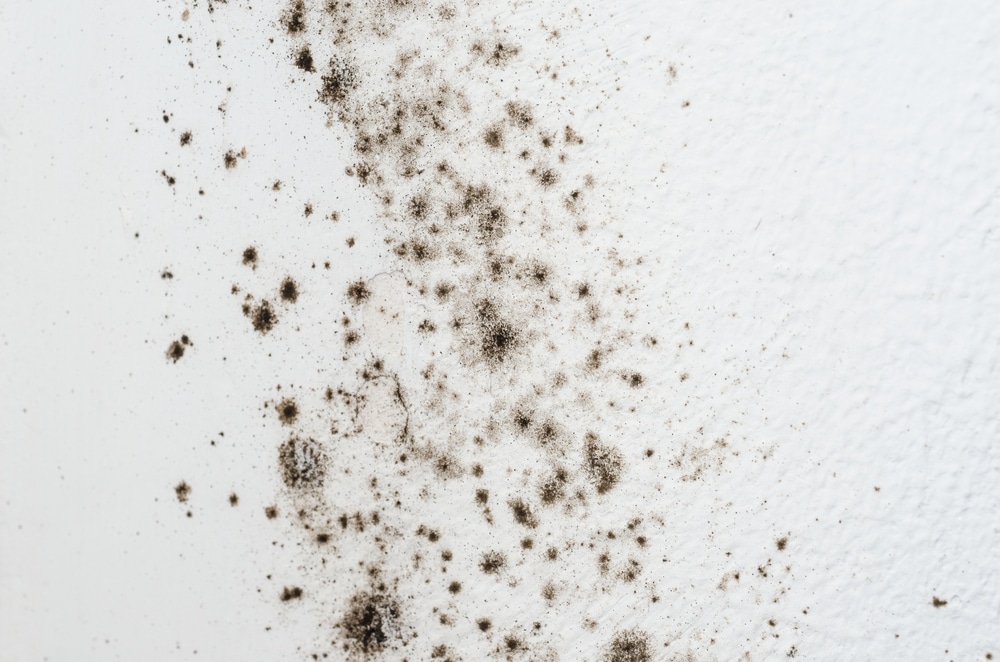
No, MVHR systems do not directly destroy mould, if you already have mould in your home, having a heat recovery system will not make it disappear, you must address it by removing it, this can be done through mould removal products / addressing the cause of the mould.
That being said, heat recovery systems serve to prevent the environment necessary for mould to grow. Although it can’t kill mould, it can make sure the environment is not habitable for it.
Mould has a variety of effects on people and is difficult to get rid of once it arrives. We are very aware of the damage mould can have, on your physical health, and also your mental health too. It’s an eyesore that can deeply affect all those in its vicinity.
Can I remove mould without a heat recovery system?
Yes, as we have highlighted earlier, heat recovery systems can change the environment that mould thrives on, it does not get rid of mould that is already there. Here are some options for mould removal.
Option 1: Natural Solutions
If you are looking for natural alternatives to get rid of mould, try using distilled white vinegar, the acidic properties in the vinegar helps to dissolve the mould. (This method may prove to be ineffective against a large collection of mould, so don’t rely on this method entirely.)
If there are noticeable and effective results, repeat until it is completely gone. If it fails, this means that the mould is penetrated deeper than surface level, if mould control solutions don’t make an improvement, it is best to call local mould cleaning services.
Option 2: Products
Mould removal products have special substances that prevent mould from coming back (depending on the severity) This is definitely worth a try especially if natural solutions didn’t work
The cost of running a MVHR unit
In regard to the upcoming explanation, you must be aware that running costs will vary depending on the model you choose, and the amount you have active.
Here are the running costs from one of our smaller heat recovery systems, the Kair Heat Recovery Extractor Fan – 12VAC SELV – Humidistat (View product details here.) Here are the daily running costs.
The running costs are based on average UK electricity costs as of April 2015 and an estimate of usage (Explained in explicit detail below) totals at roughly £0.04/day or £1.35/month.
Of course, running costs may have changed from household to household, whilst also factoring in the cost of living crisis, and more external factors. With that being said, the heat that is saved over time as a result of a heat recovery system more than makes up for the cost of running.
Purchase a MVHR unit today
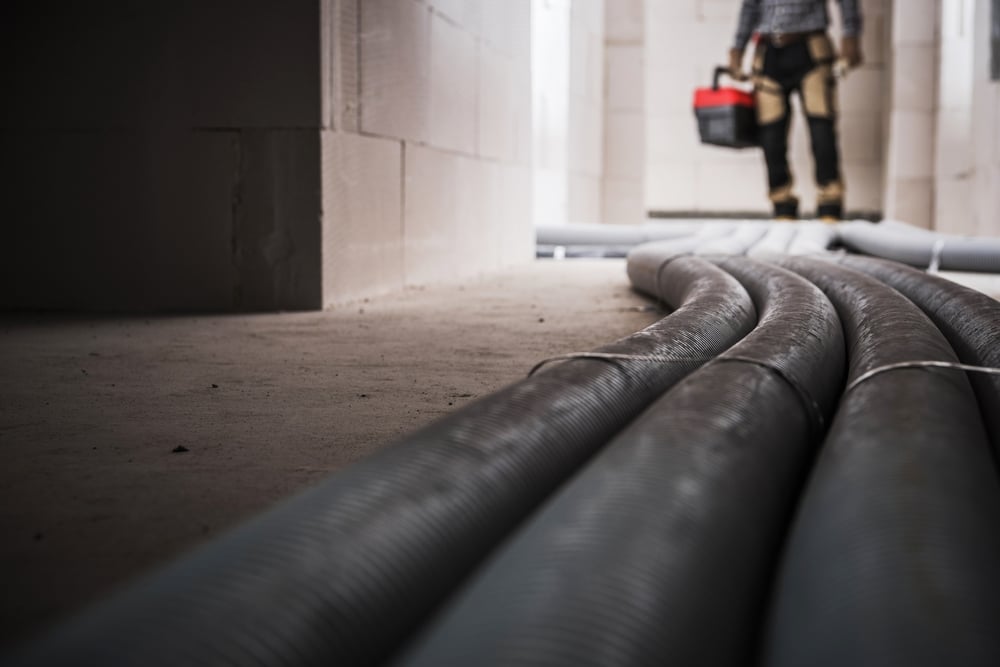
We at I-Sells endeavour to ensure our customers have all the information they need before investing in our mould solutions. Be sure to visit our blog page to learn about the vast array of factors and issues surrounding ventilation, mould, condensation, and much more.
We hope to have answered the question ‘How does MVHR work?’
We understand you may have more questions, Do not hesitate to contact us for more information about whatever you need our help with. If you’d like to send us an email, click here. For other contact options, see below:
Call us on 020 8463 9696
Visit us at our showroom:
*OPENING TIMES*
Monday – Friday: 8:00 am to 5:30 pm
Saturday: 9:00 am to 12:00 pm
Sunday: Closed
15 St John’s Parade
Sidcup, Kent
DA14 6ES
United Kingdom

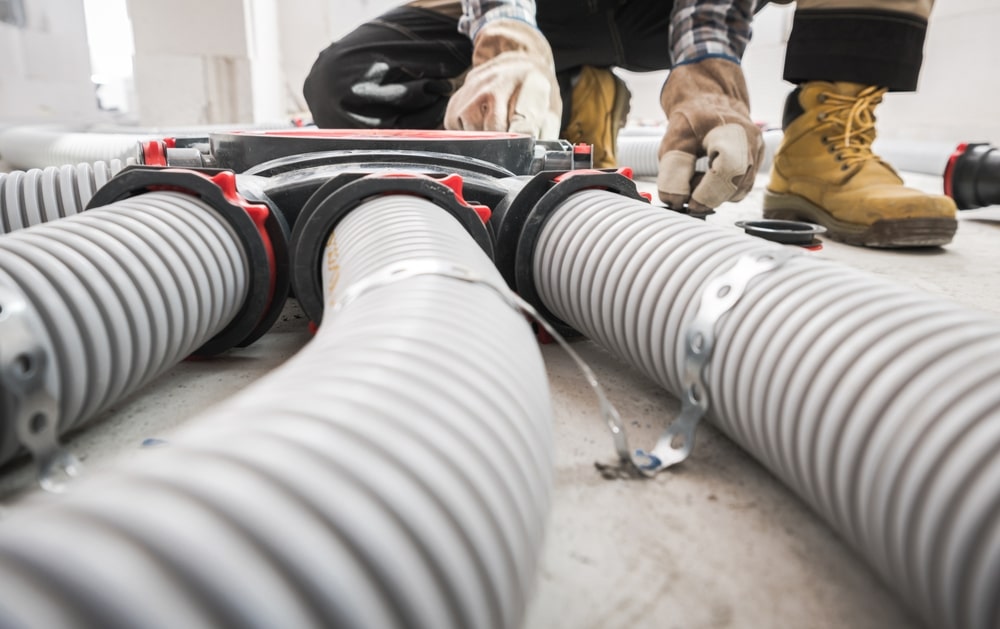


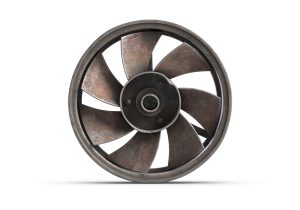

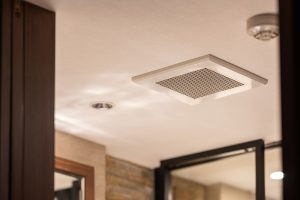





















Add comment
You must be logged in to post a comment.